
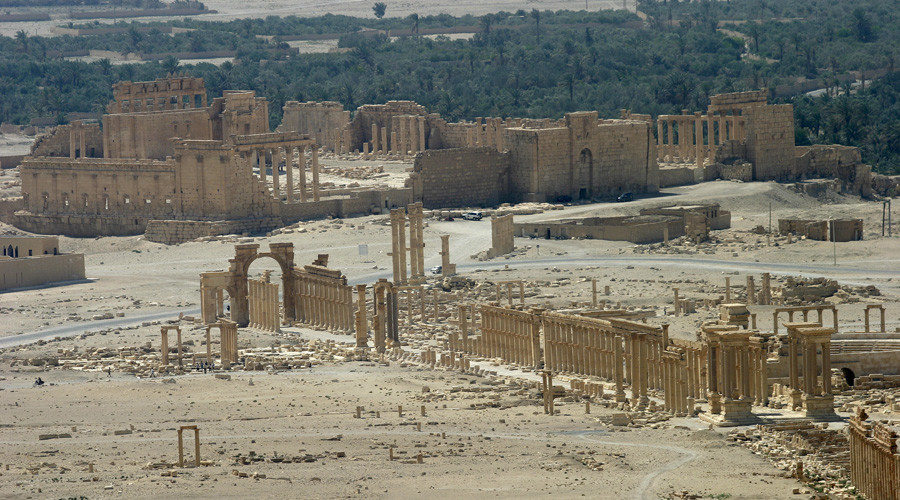
A general view shows the ancient Temple of Bel in the historical city of Palmyra

Ancient City of Aleppo (Syrian Arab Republic)
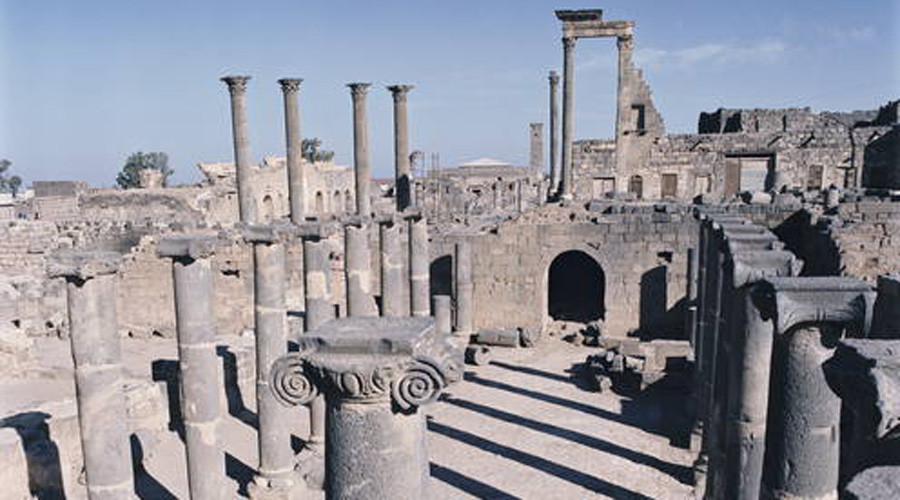
Ancient City of Bosra (Syrian Arab Republic) © Yvon Fruneau / UNESCO
Islamic period architectural remains in Bosra include the Al-Omari Mosque (AD 720), one of the oldest mosques in the world.
Since the escalation of the Syrian crisis, the city has suffered never-ending shelling and fighting. Reports say the city has been partially destroyed.
 Crac des Chevaliers and Qal’at Salah El-Din (Syrian Arab Republic) © Silvan Rehfeld / UNESCO
Crac des Chevaliers and Qal’at Salah El-Din (Syrian Arab Republic) © Silvan Rehfeld / UNESCO
Crac des Chevaliers is also known as Qal'at al-Hosn, and originally dates back to the 11th century. It was first called the Castle of the Kurds. Reports of damage to Crac des Chevaliers and violence in the surrounding region have been plentiful. As early as May 2012, there were reports of gunmen at the castle.
By July 2012, Free Syrian Army fighters were reported to be using the site, and the Syrian military responded by shelling the castle.
Ancient villages of Northern Syria
The Ancient Villages of Northern Syria, also known as the "Dead Cities," are archaeological parks in northwestern Syria. This cultural landscape is marked by an abundance of archaeological ruins that date primarily to the late Antique and Byzantine periods (approximately the 1st-7th centuries).
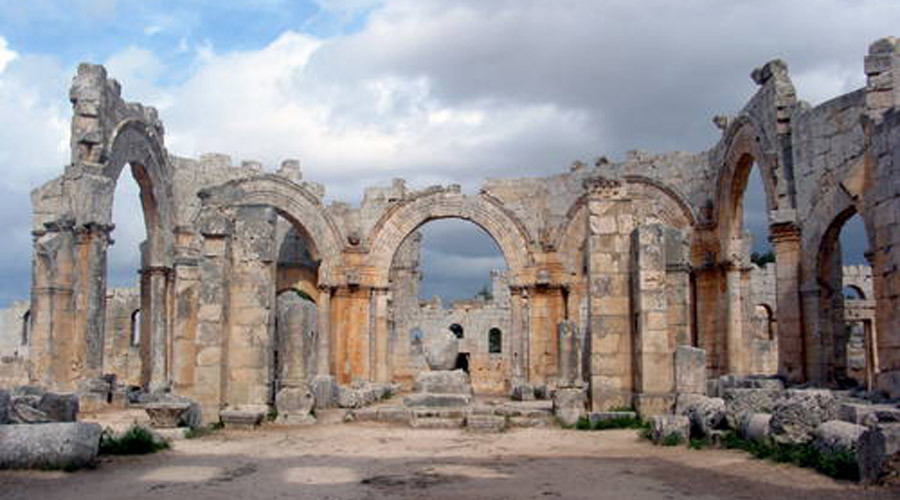
Added to UNESCO’s World Heritage List in 2011, this cultural heritage site comprises eight parks (Jebel al A’la, Jebel Barisha, Jebel Seman 1, Jebel Seman 2, Jebel Seman 3, Jebel Wastani, Jebel Zawiye 1, and Jebel Zawiye 2), and these include forty individual village sites. A significant risk for the Dead Cities is their proximity to contested areas. Bab al-Hawa is a major border crossing between Syria and Turkey, and the entry point for supplies to armed combatants throughout Syria.
Site of Palmyra
An oasis in the Syrian desert, north-east of Damascus, Palmyra contains the monumental ruins of a great city that was one of the most important cultural centres of the ancient world. From the 1st to the 2nd century, the art and architecture of Palmyra, standing at the crossroads of several civilizations, married Graeco-Roman techniques with local traditions and Persian influences.
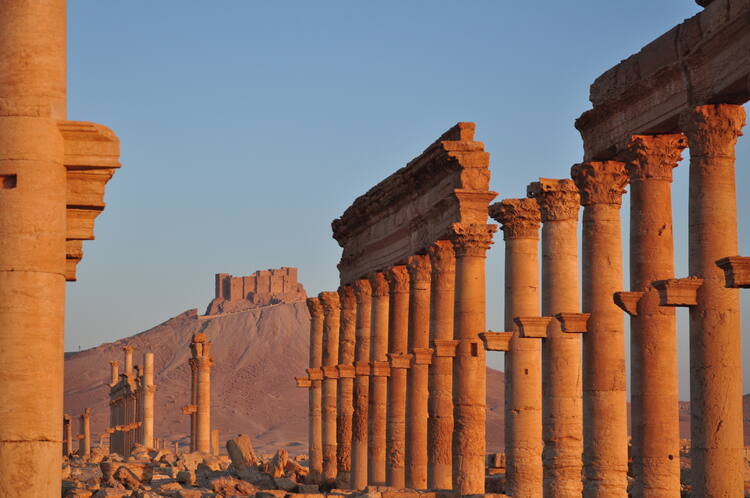
Description: Site of Palmyra (Syrian Arab Republic)
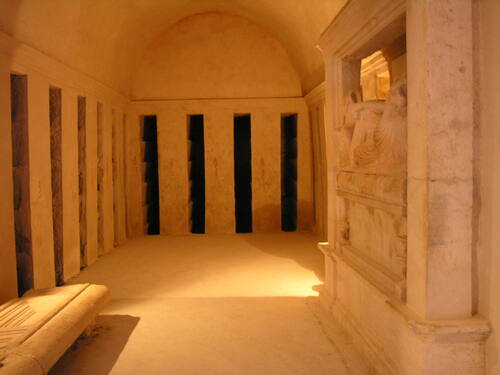

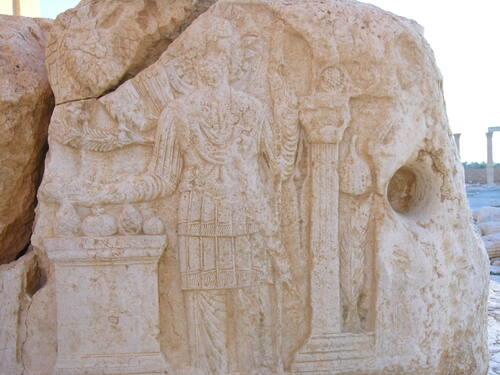
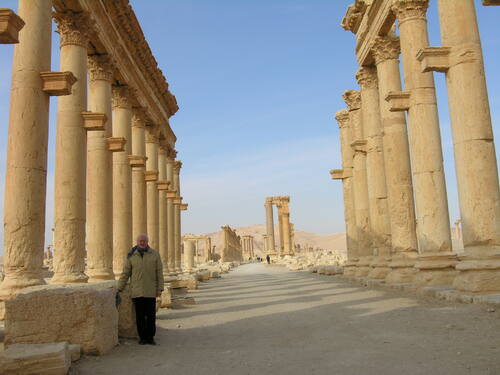
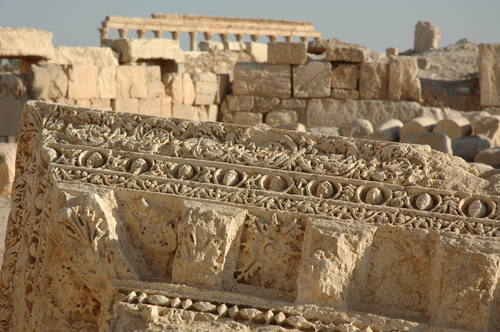
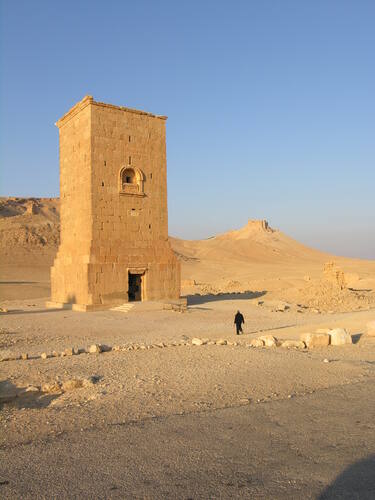
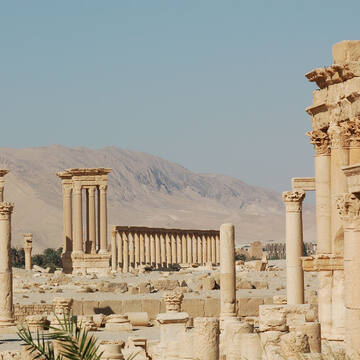
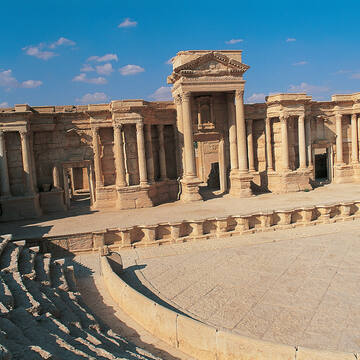

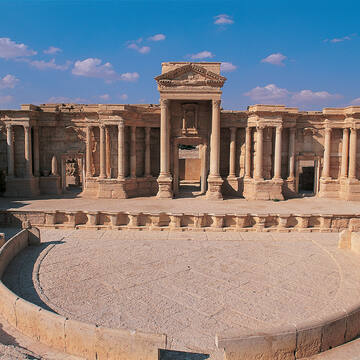
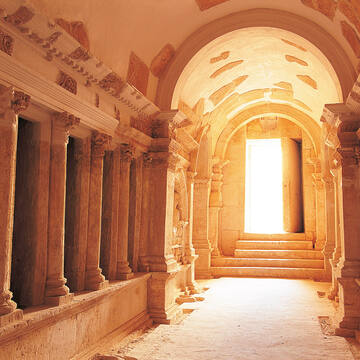
No comments:
Post a Comment